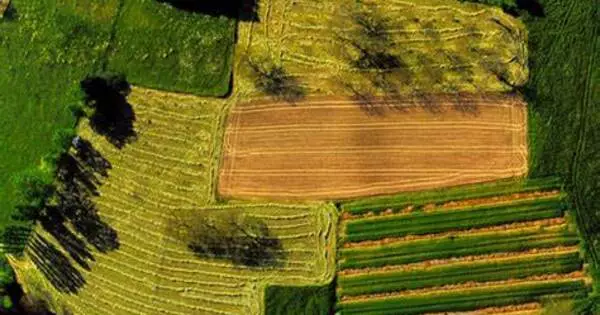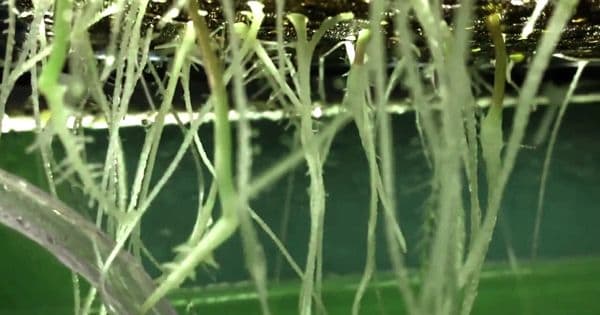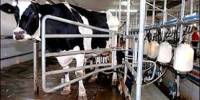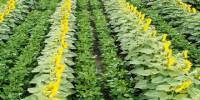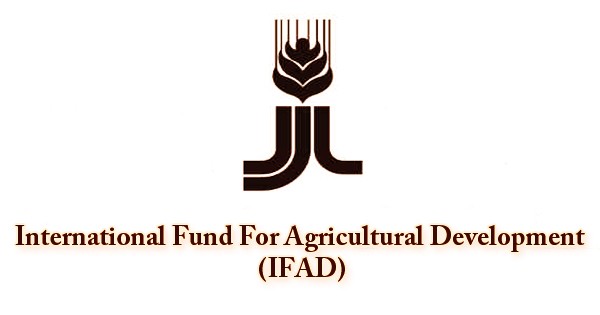Polyculture is the technique of growing multiple crop species in the same location at the same time in agriculture. It is a farming practice that involves cultivating various crops or plant species in the same field or growing region. Polyculture aims to emulate the diversity of natural ecosystems in this way. It is the inverse of monoculture, which is the large-scale cultivation of a single crop.
Polyculture is the polar opposite of monoculture, which involves the cultivation of only one plant or animal species. Polyculture can improve insect, weed, and disease control while lowering the demand for chemicals. Because of biological nitrogen fixation, intercropping legumes with non-legumes can boost yields in low-nitrogen soils.
Polyculture is often used as a more sustainable and environmentally friendly approach to farming for several reasons:
- Biodiversity: Polyculture promotes biodiversity by providing a variety of habitats for different plants, insects, and microorganisms. This can help support a more resilient ecosystem and reduce the risk of pests and diseases spreading rapidly.
- Pest and Disease Control: By diversifying the crops in a field, polyculture can disrupt the life cycles of pests and reduce the likelihood of a single pest species becoming a major problem. Different crops may also have natural repellent or insect-repelling properties that can help protect each other.
- Nutrient Cycling: Different plants have different nutrient requirements and root structures. Polyculture can improve nutrient cycling in the soil, as one crop’s root system may take up nutrients that another crop does not use, reducing nutrient leaching and the need for synthetic fertilizers.
- Soil Health: Polyculture can enhance soil health by reducing soil erosion, improving soil structure, and increasing organic matter content. This leads to better water retention and overall soil fertility.
- Improved Yields: In some situations, it can result in higher total yields than monoculture. Individual crop yields may be lower, but the overall yield of numerous crops may be higher.
However, crop yields can be reduced by polyculture due to competition for light, water, or nutrients among the mixed species. It complicates management since diverse species have varied growth rates, days to maturity, and harvest requirements: monoculture is more mechanized. For these reasons, many large-scale farmers continue to rely on monoculture and employ crop rotation to diversify the system.
The traditional “Three Sisters” planting method employed by Indigenous peoples in North America, which includes maize, beans, and squash in a single mound, is an example of polyculture. Each of these crops supports the others in different ways, for example, beans provide nitrogen to the soil while squash acts as a ground cover to suppress weeds.
Overall, polyculture is viewed as a more sustainable and environmentally responsible farming method that can help address some of the issues associated with monoculture, such as soil deterioration, pest outbreaks, and overuse of chemical inputs.
